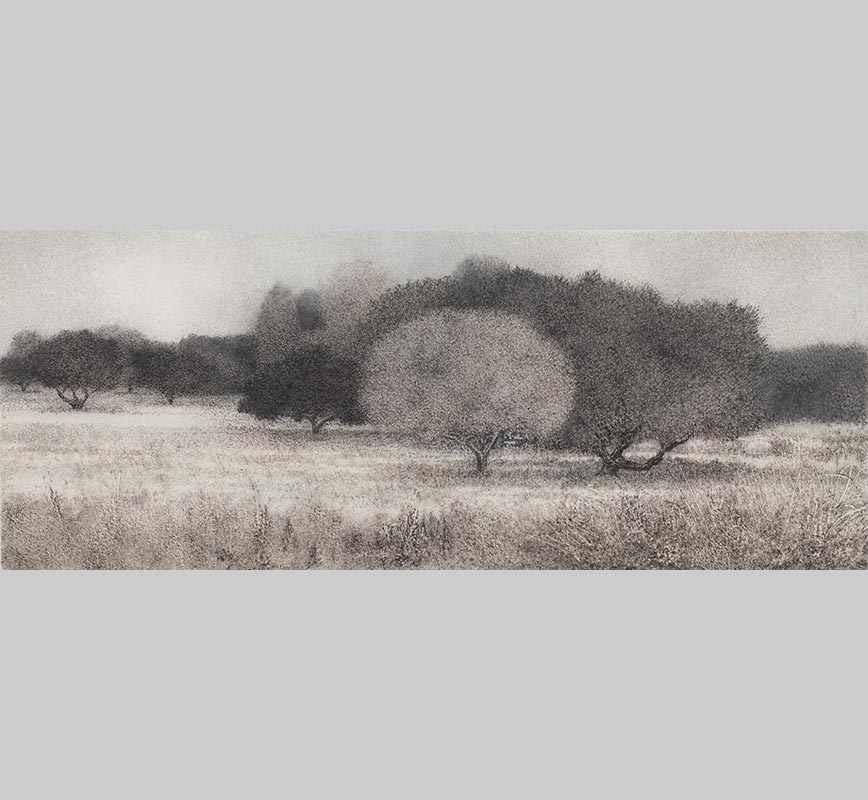


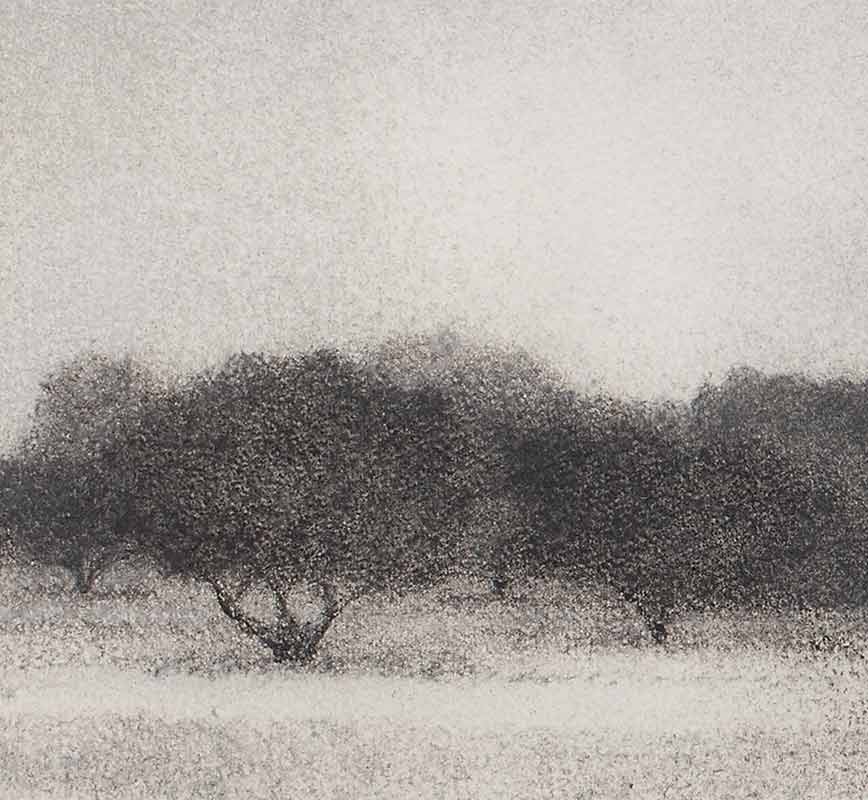
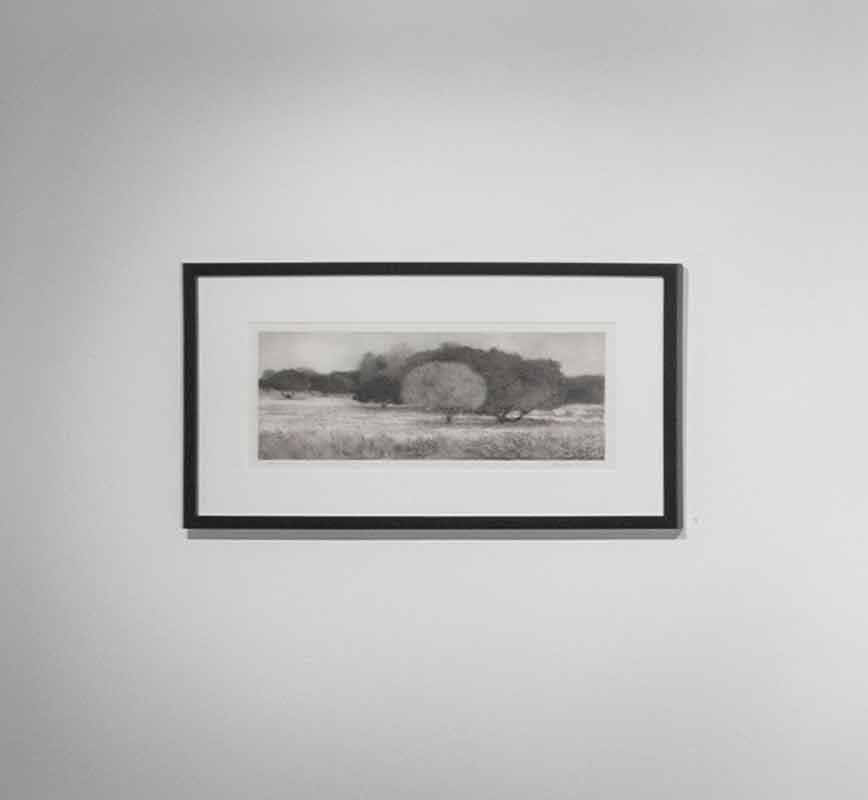
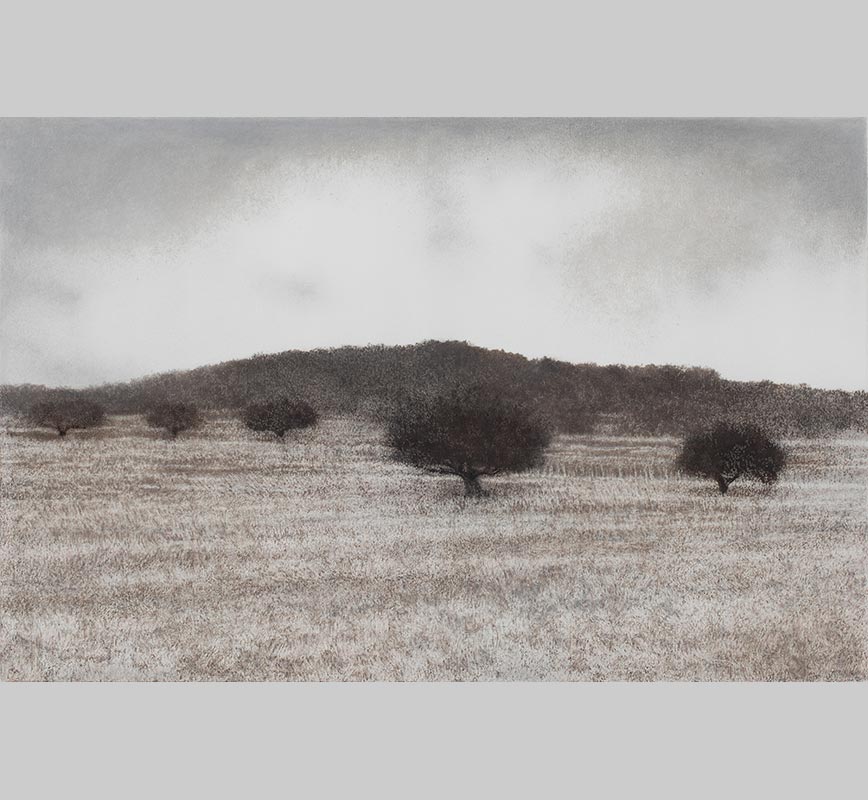
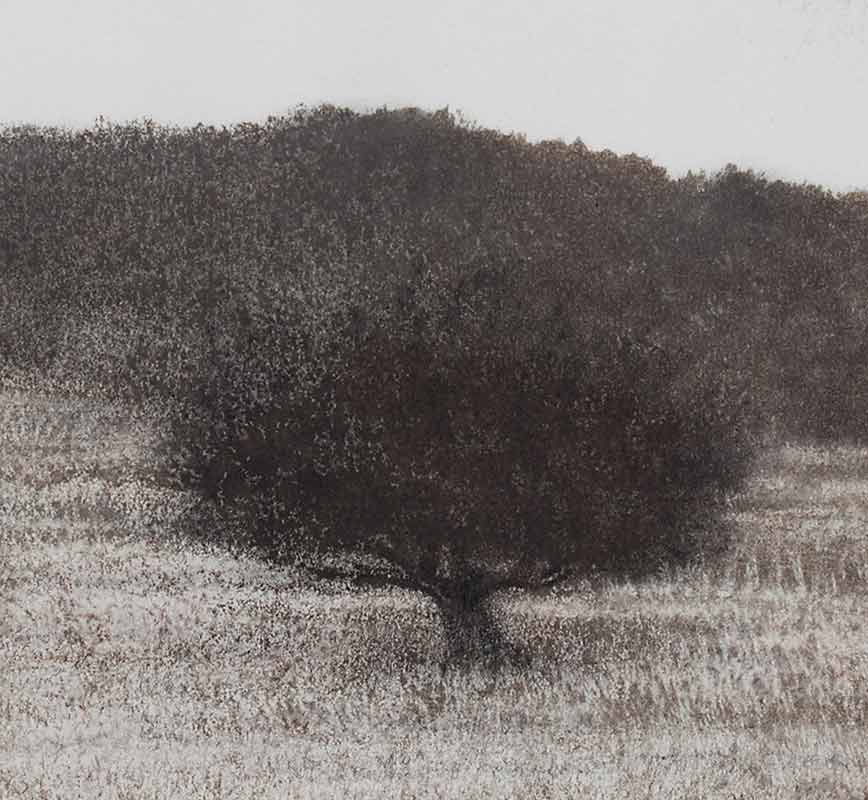

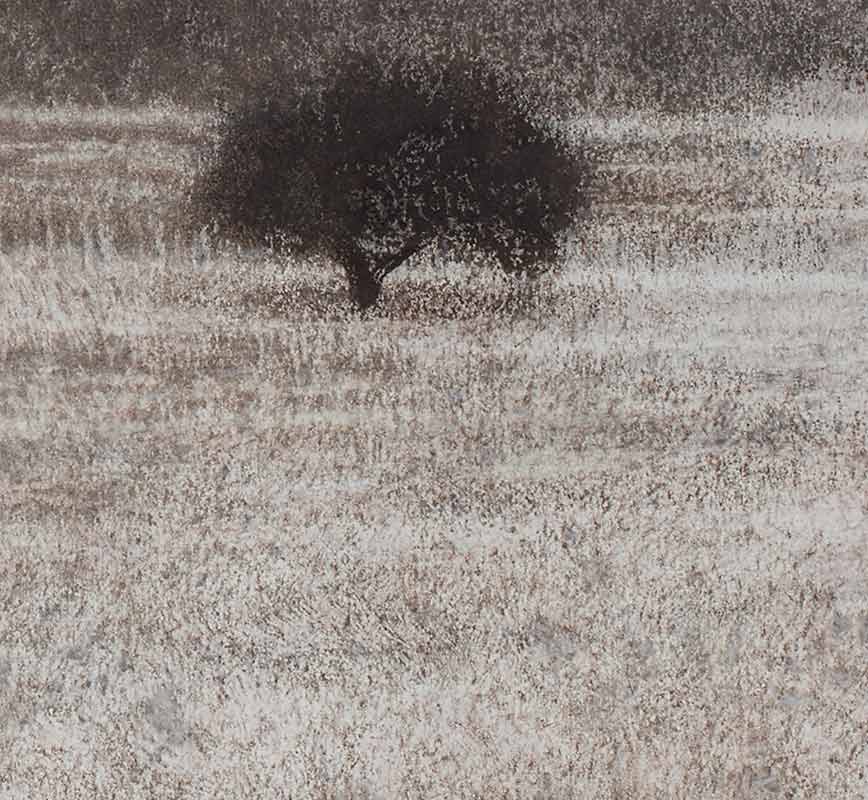

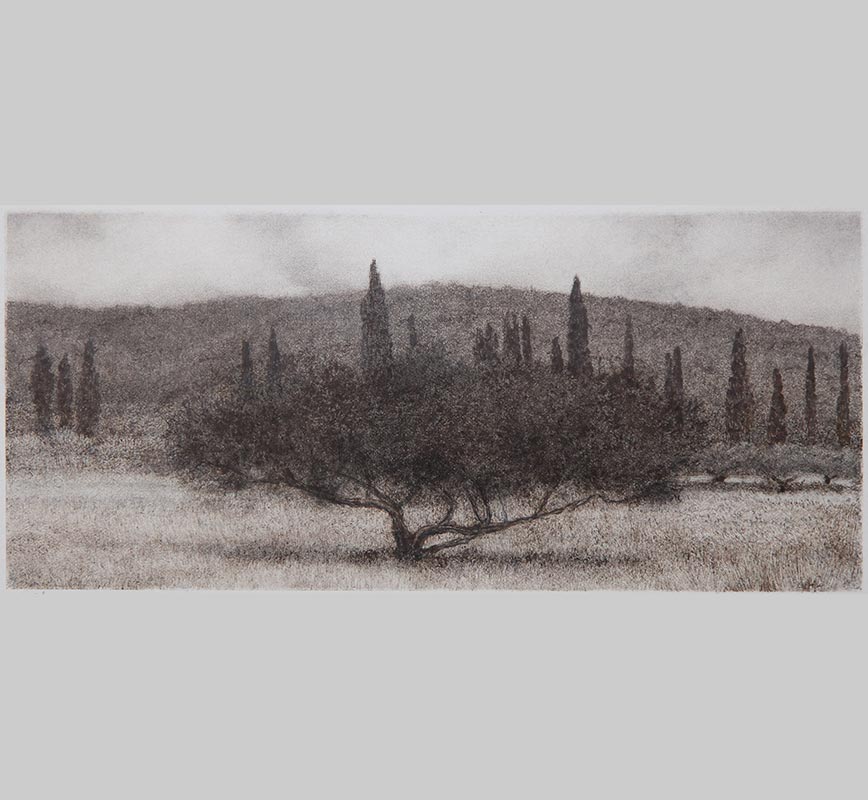
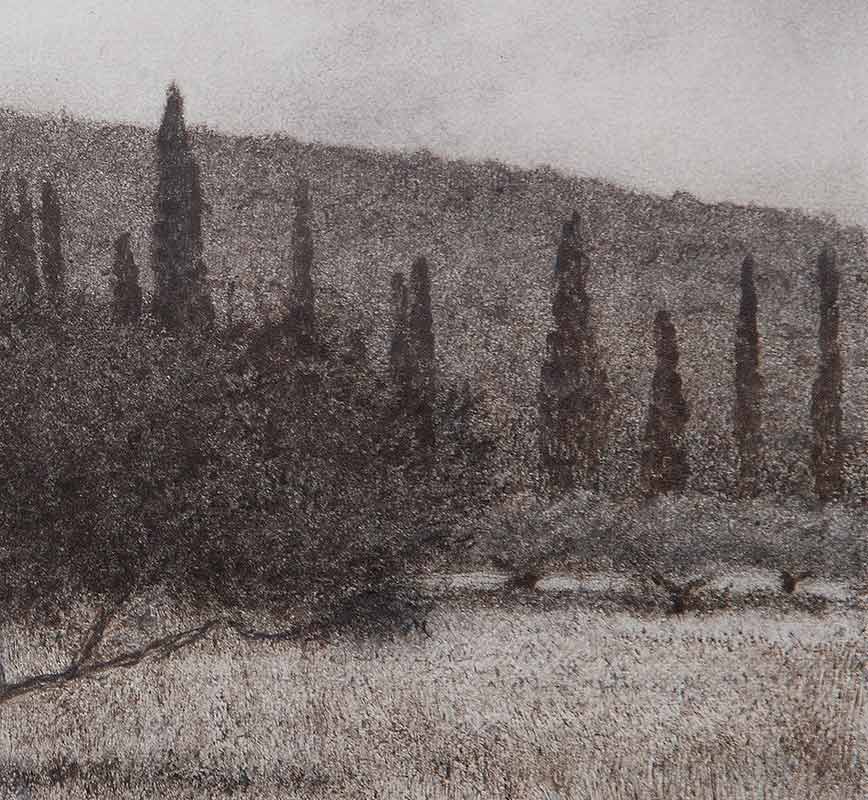

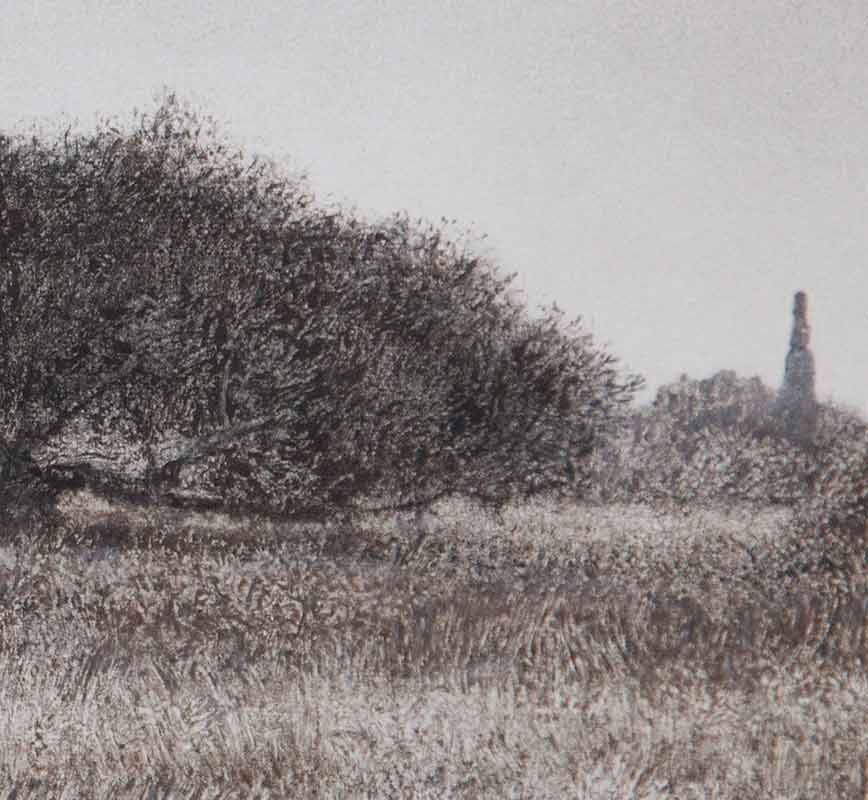

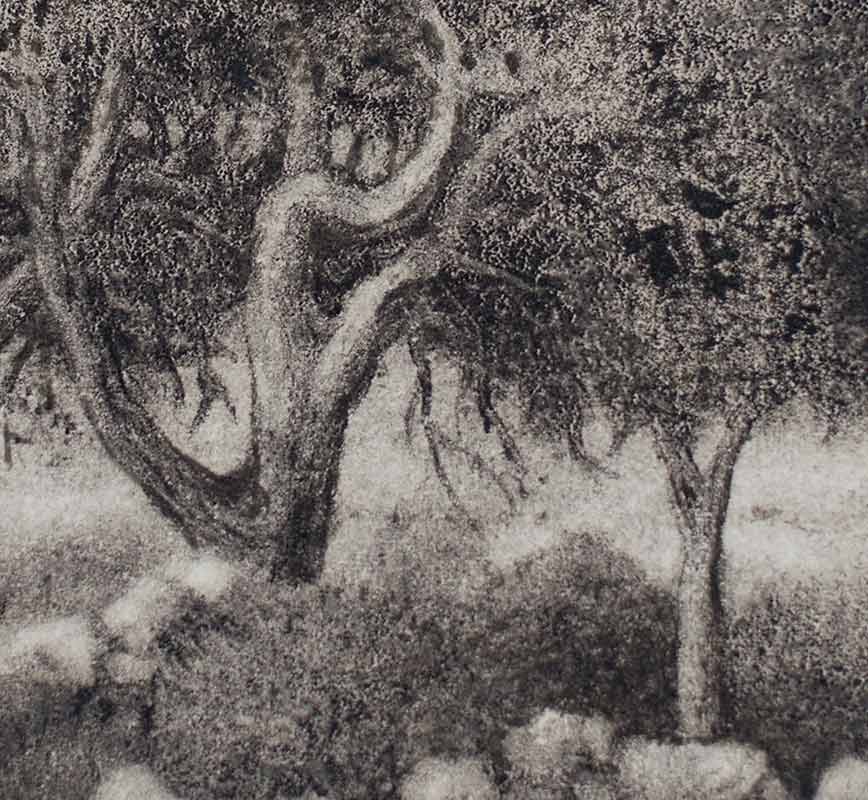
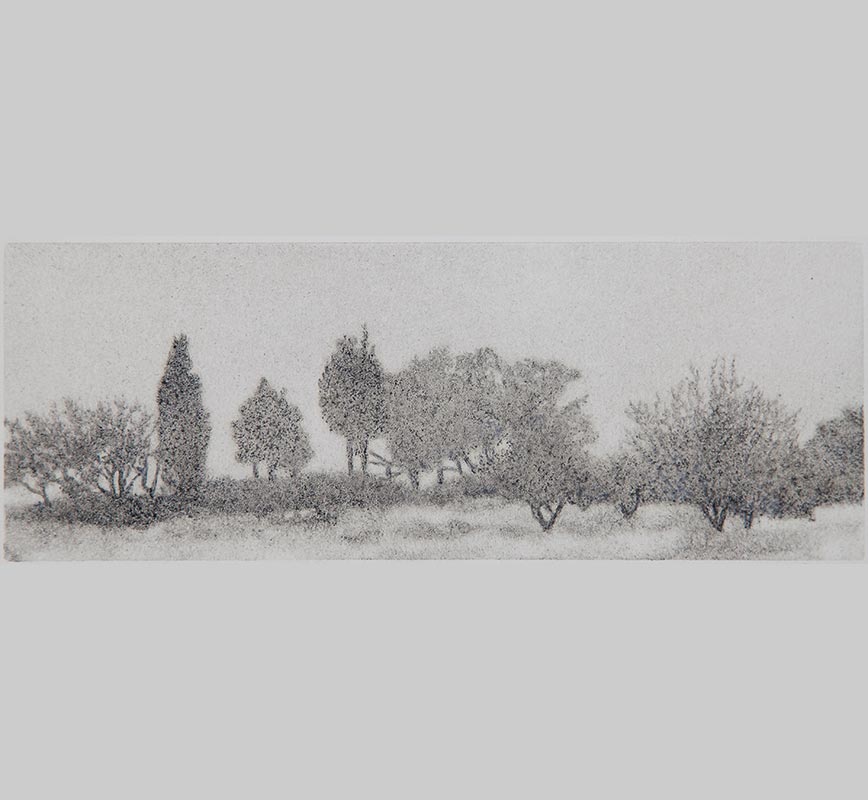

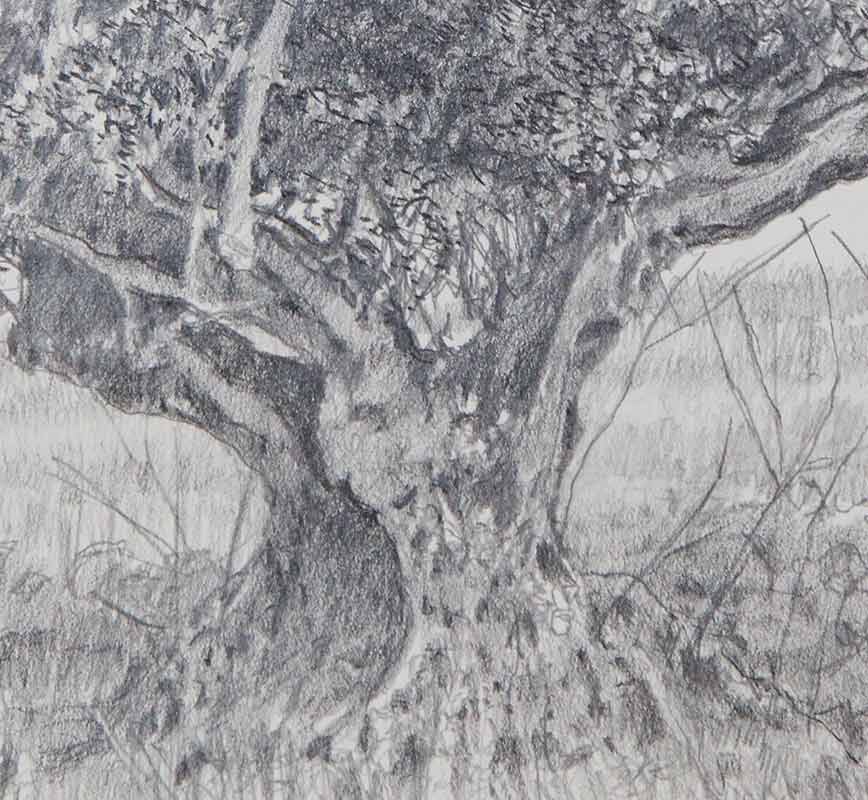
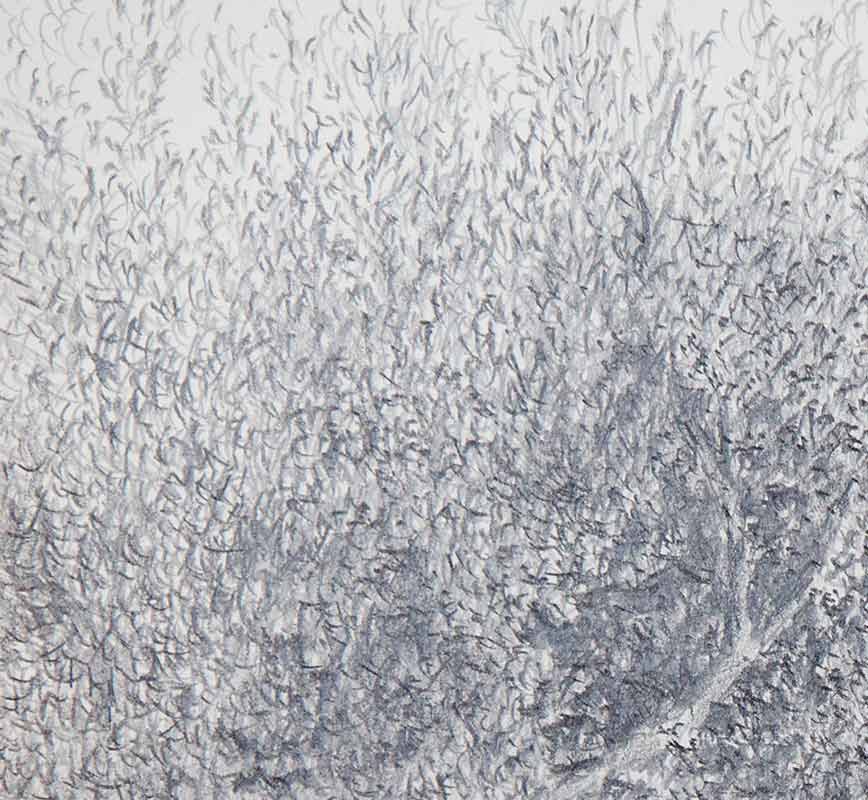

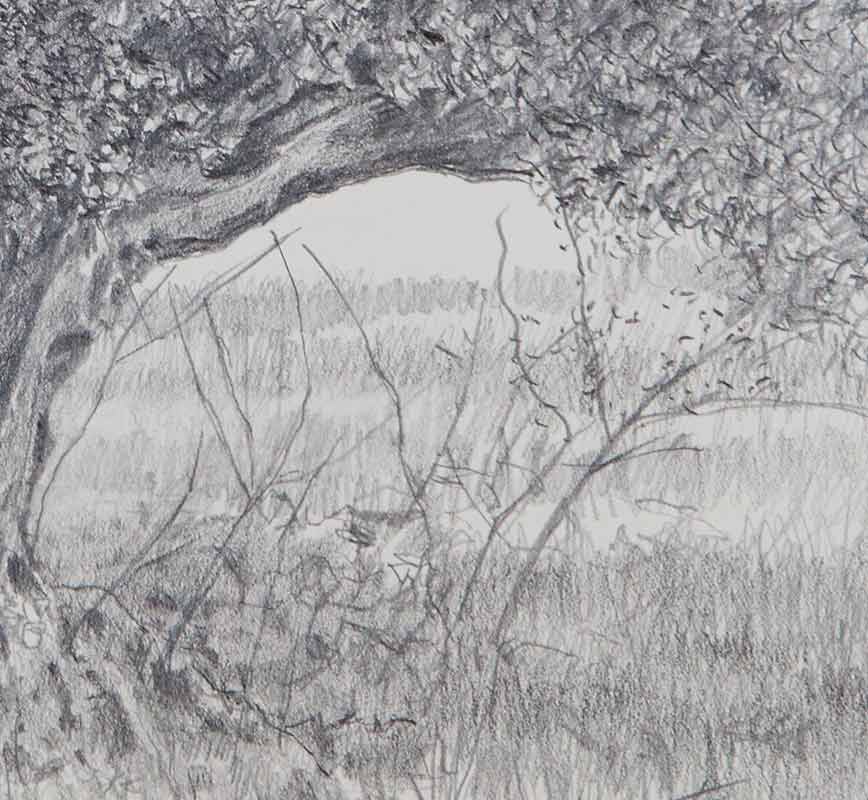
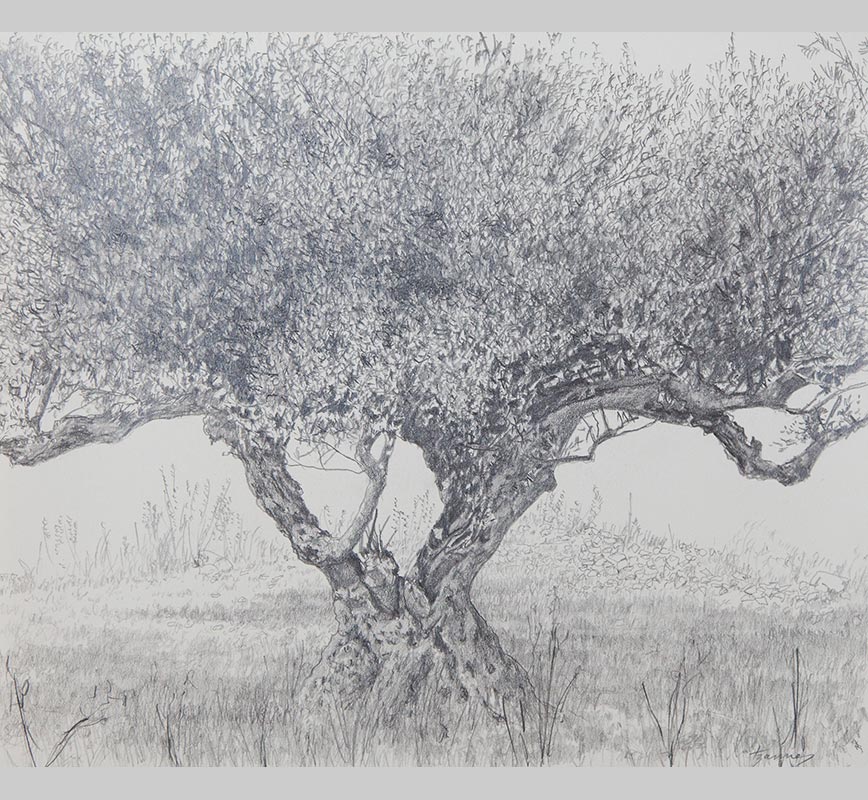
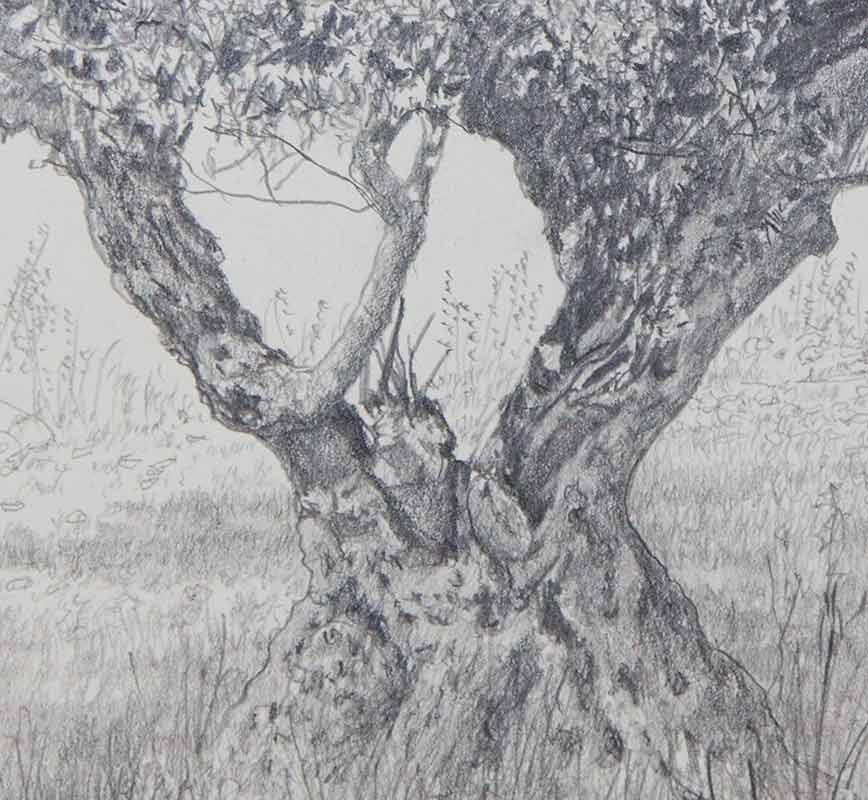
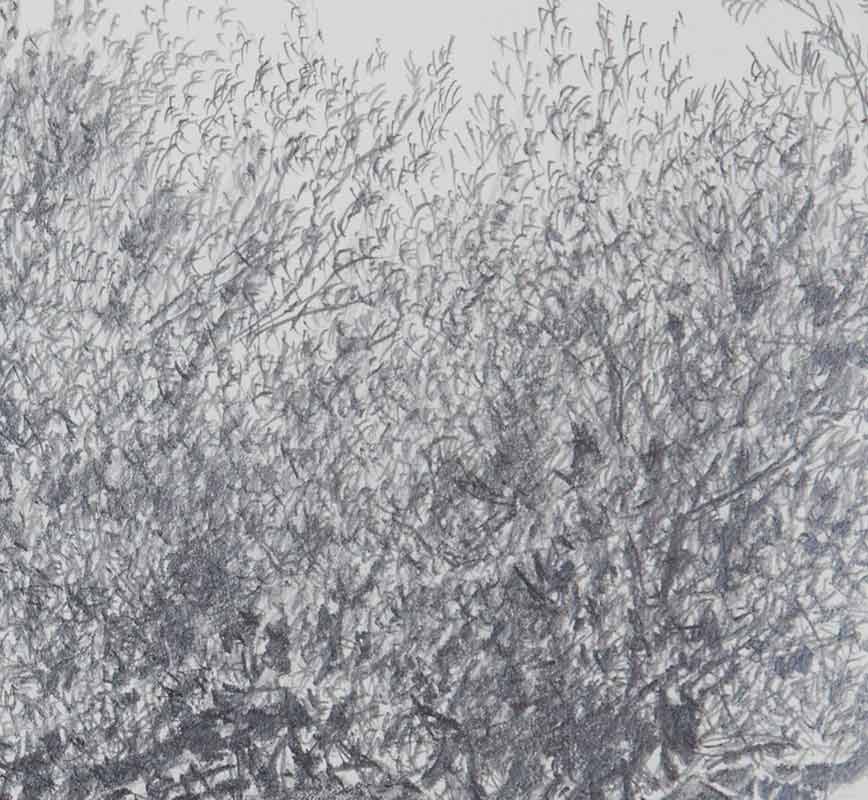
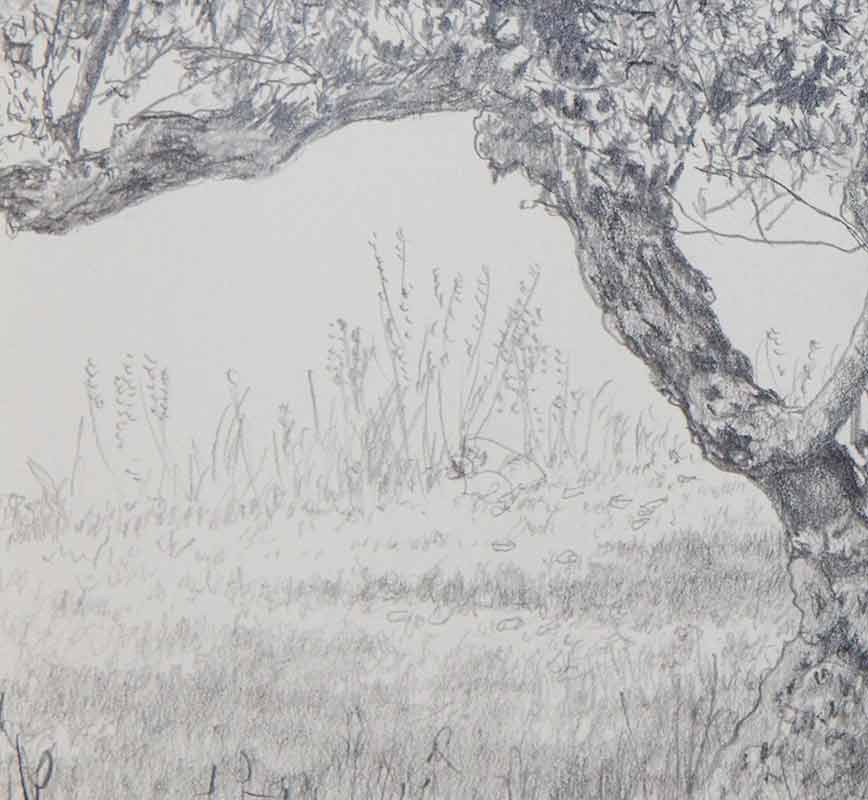
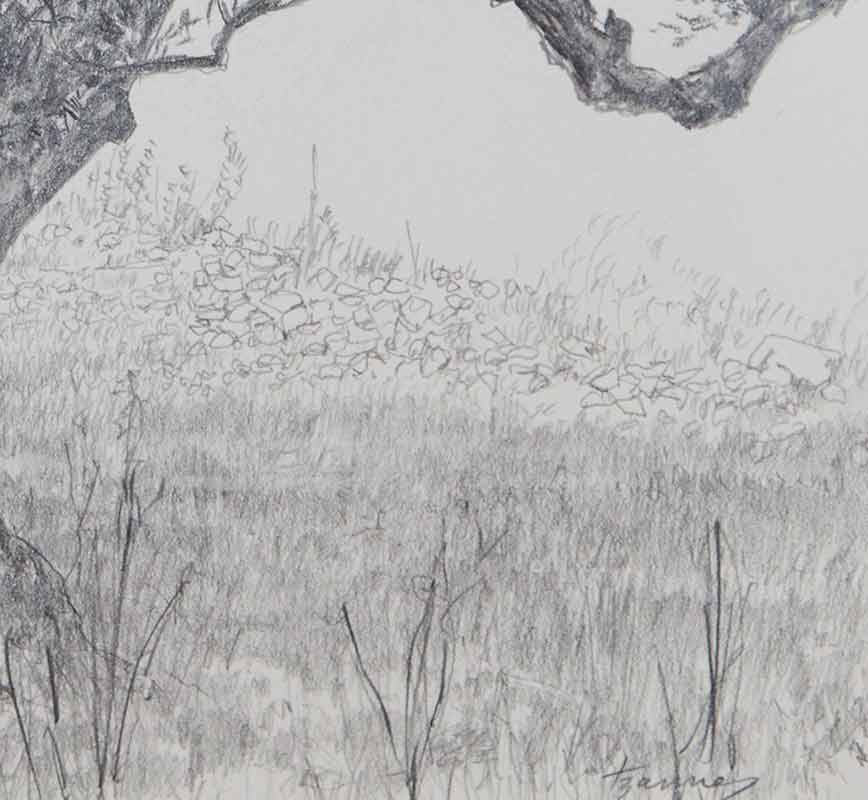
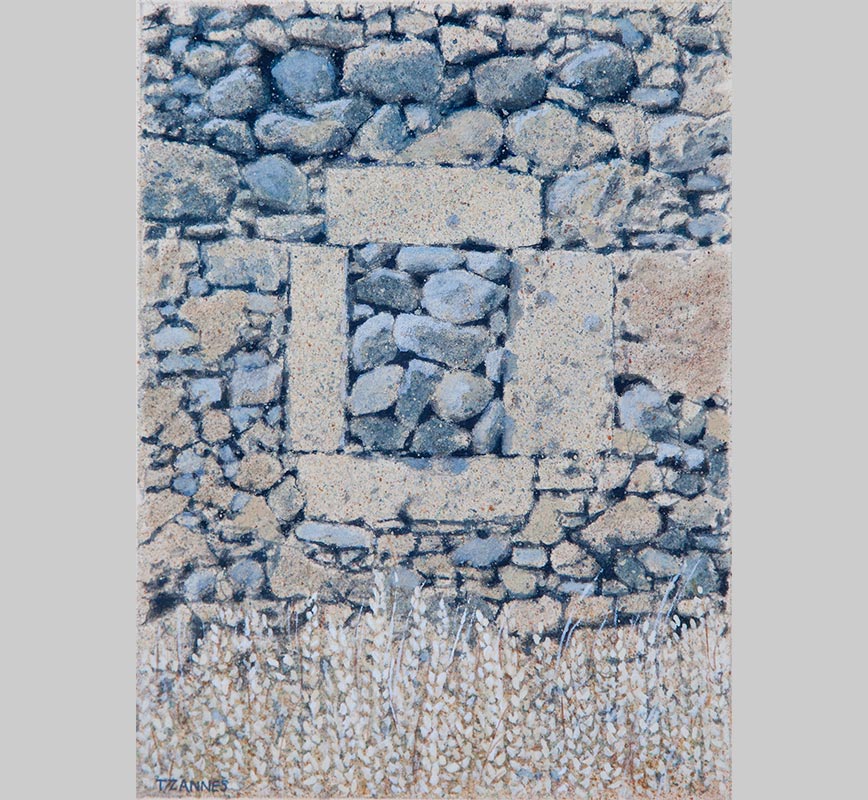
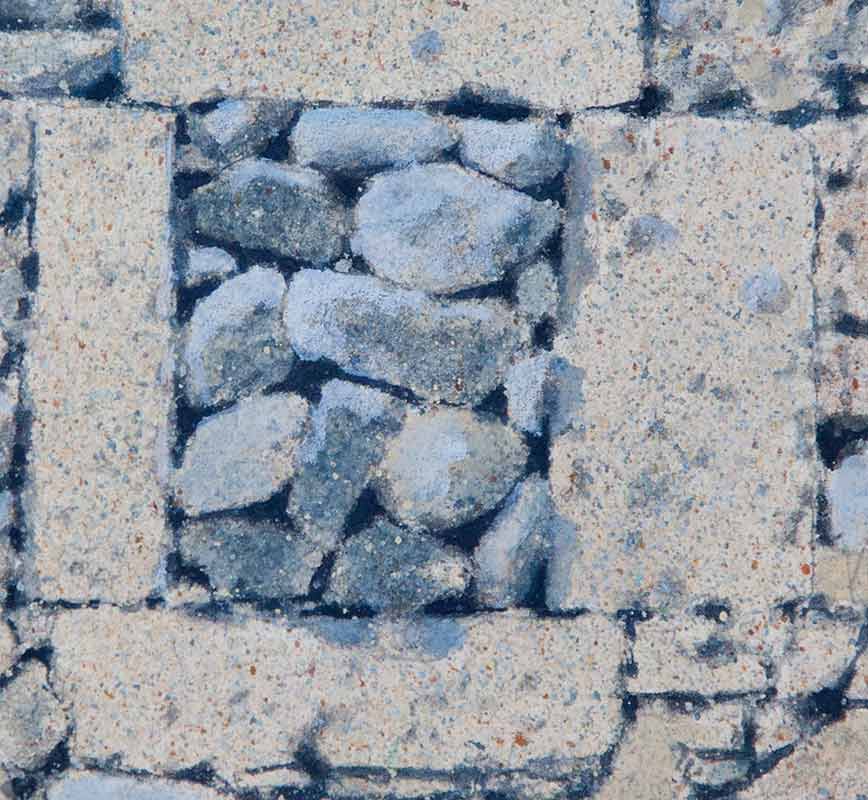
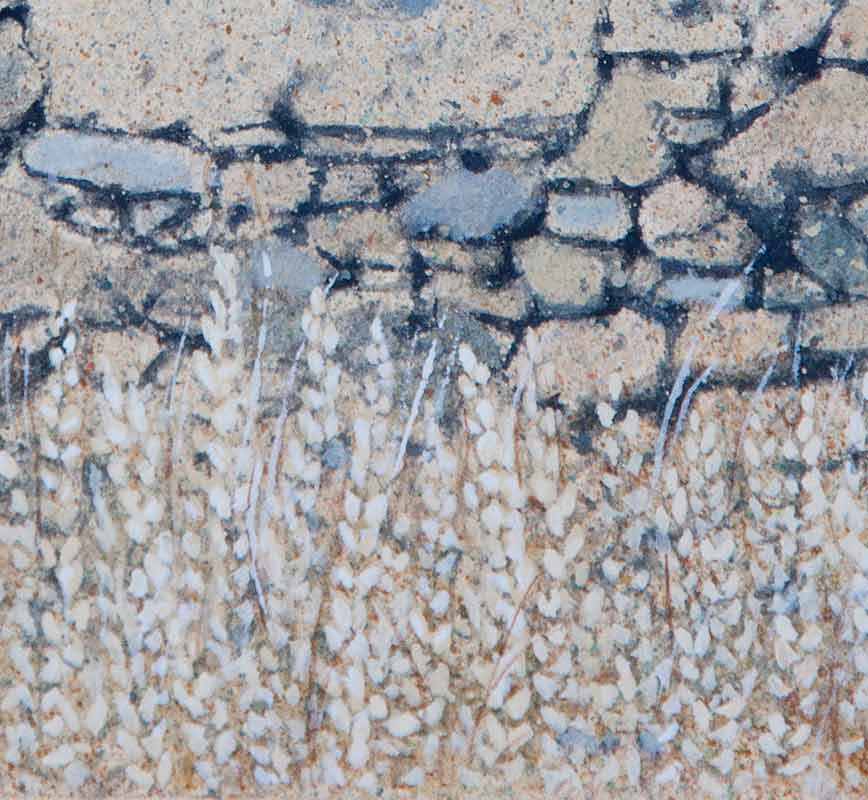
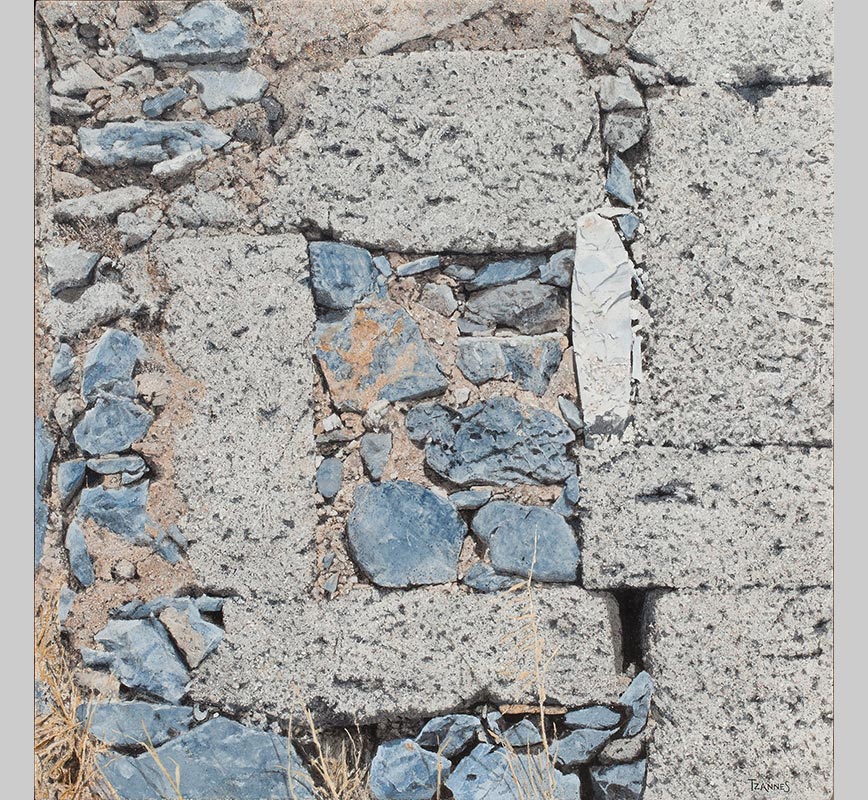
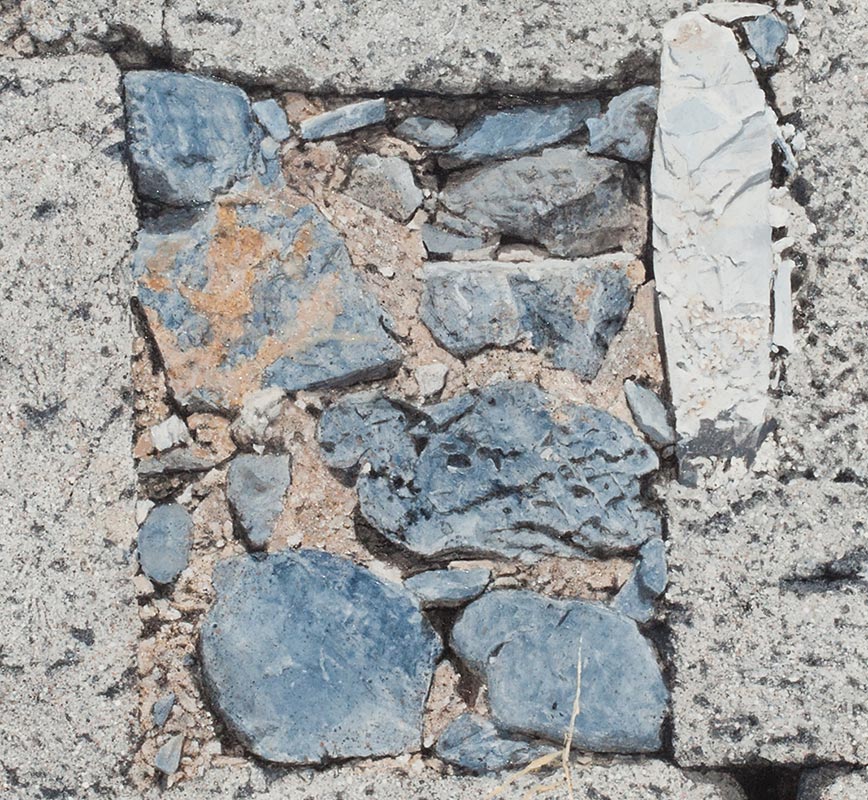
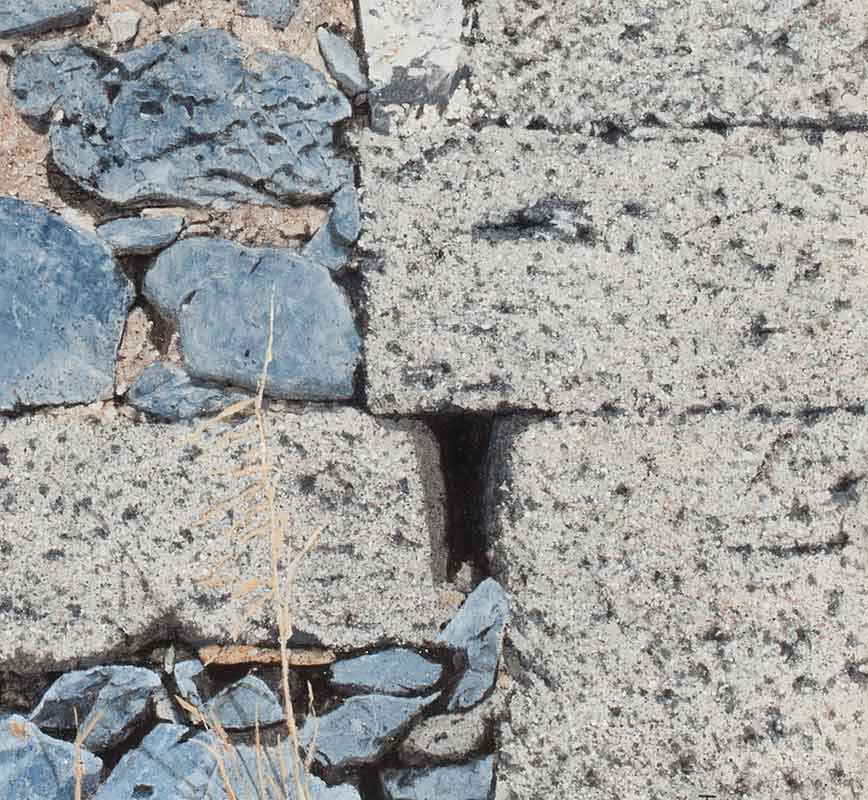




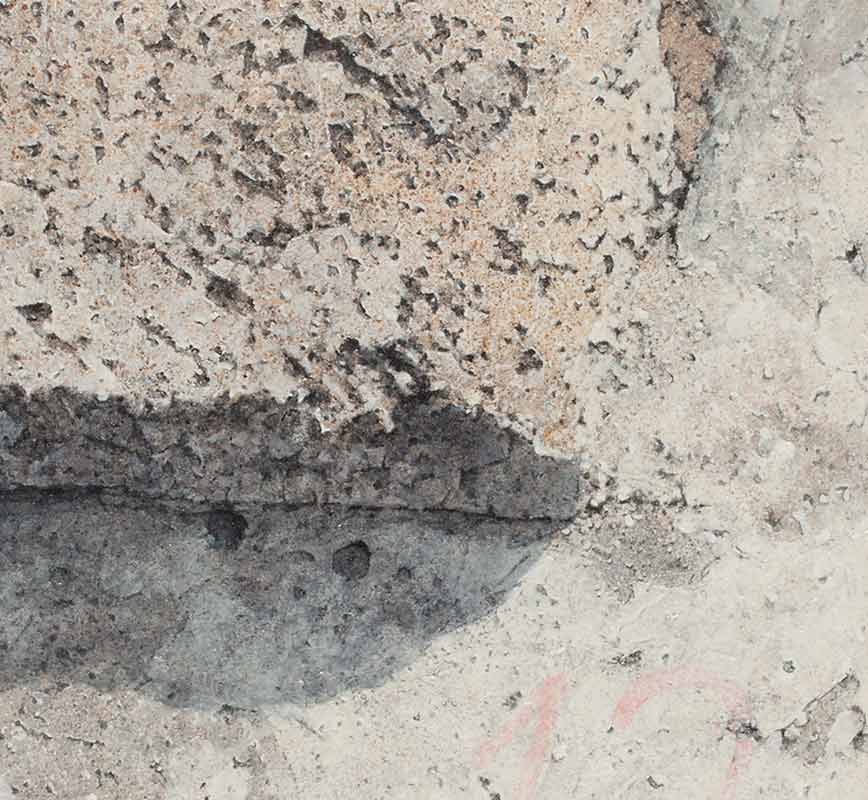

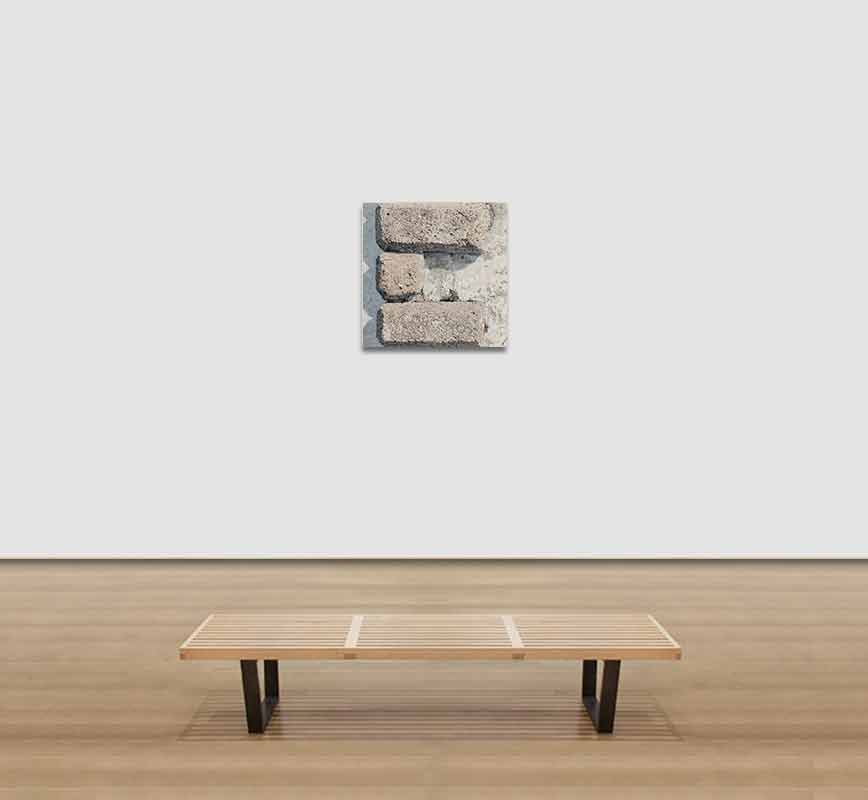
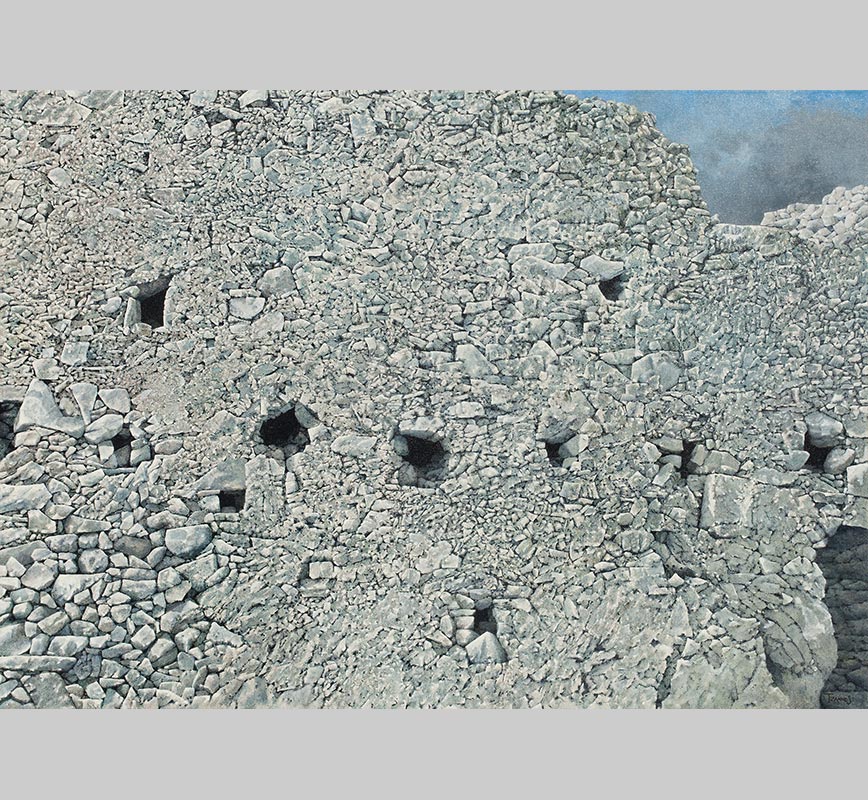

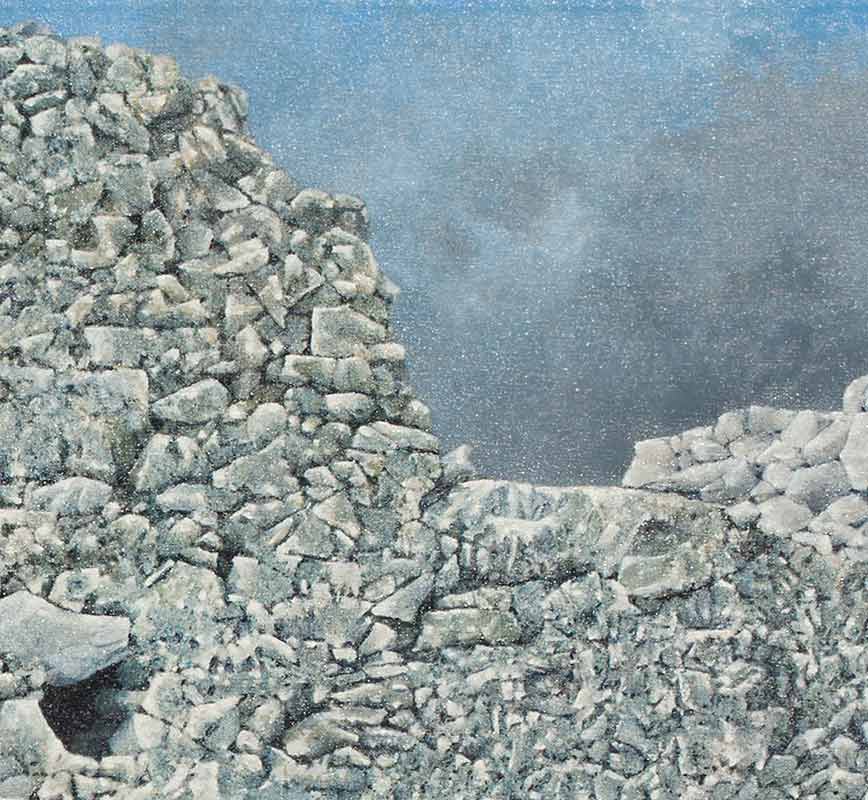


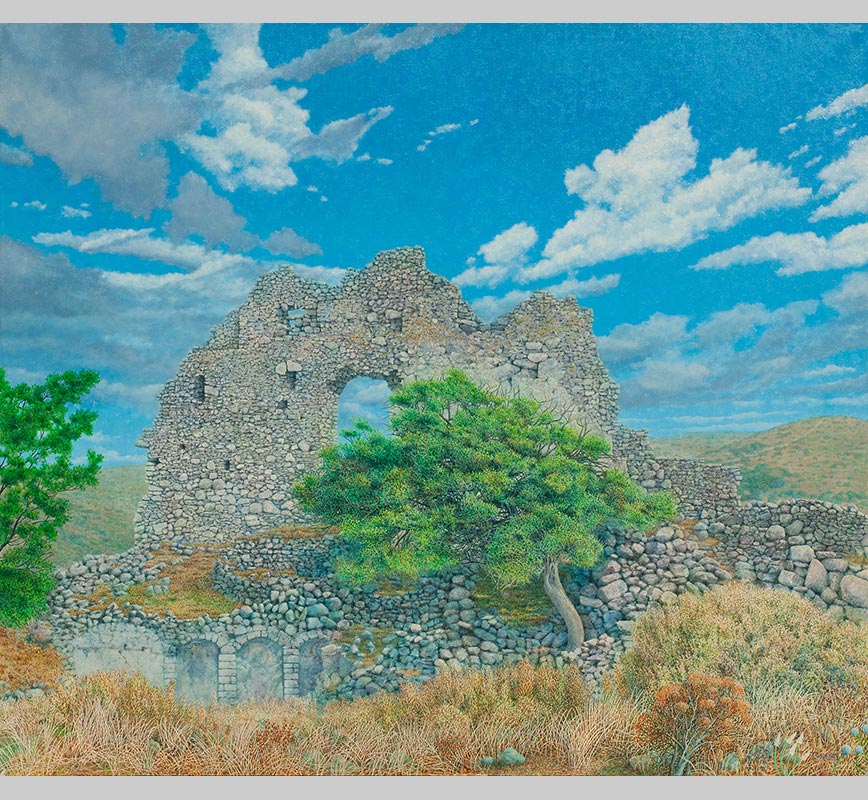
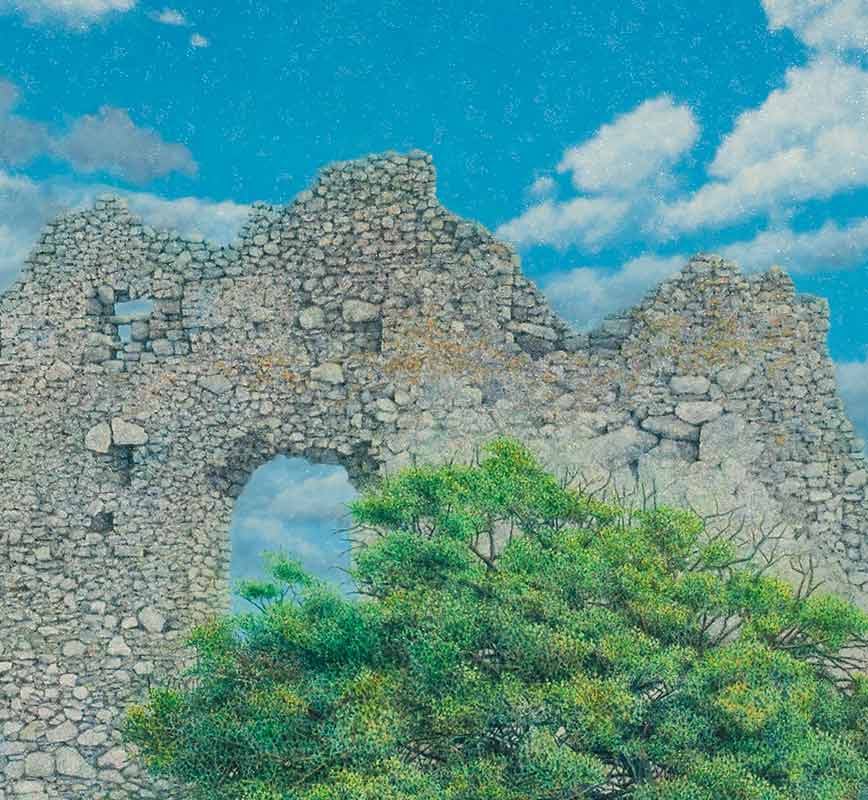
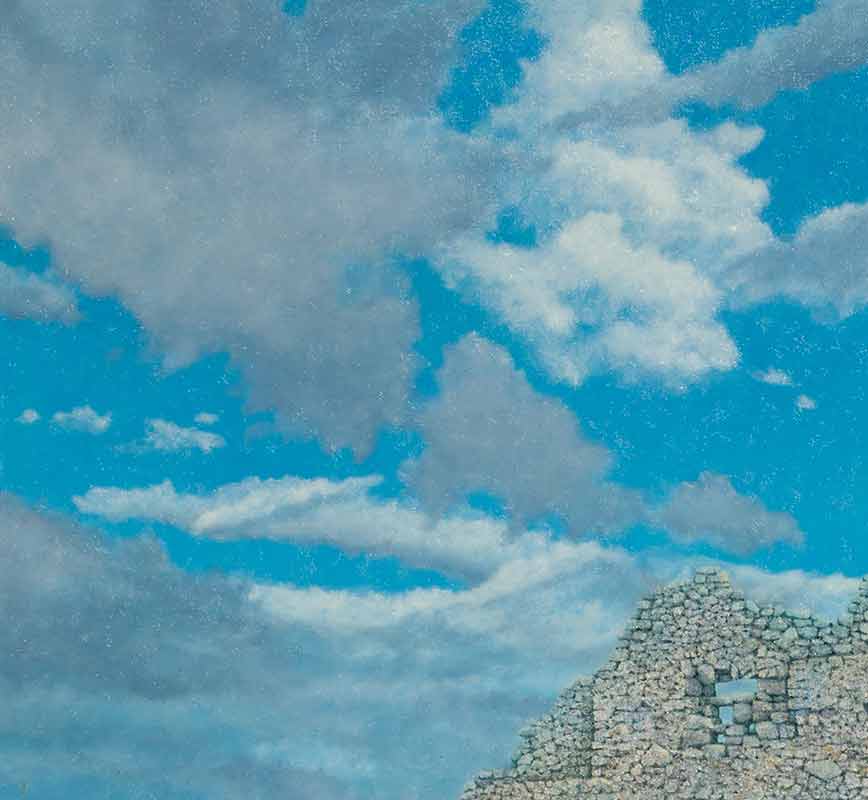
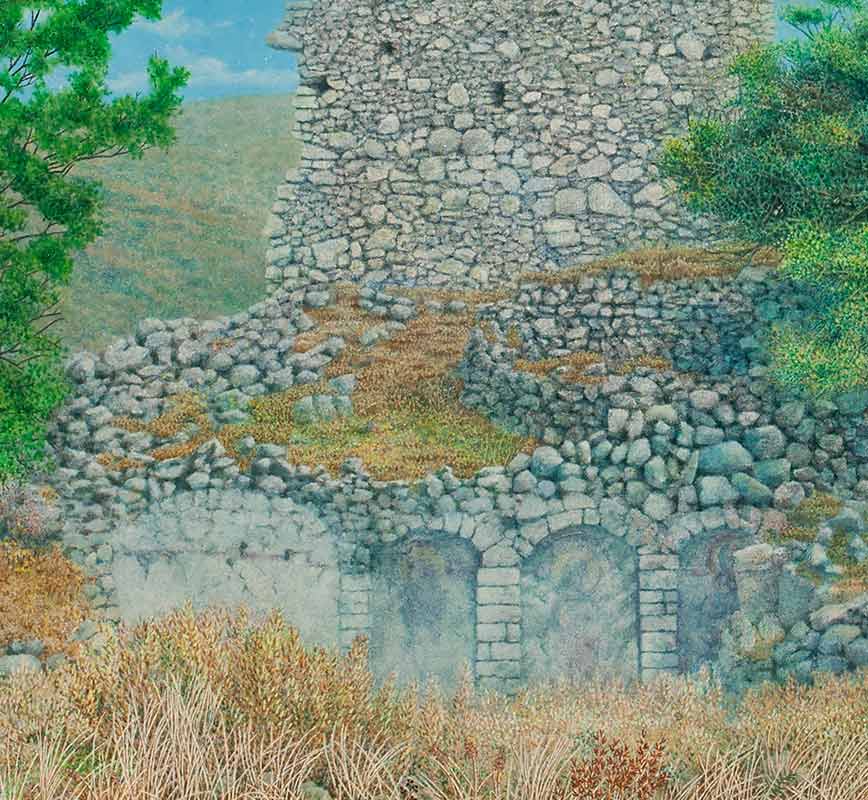
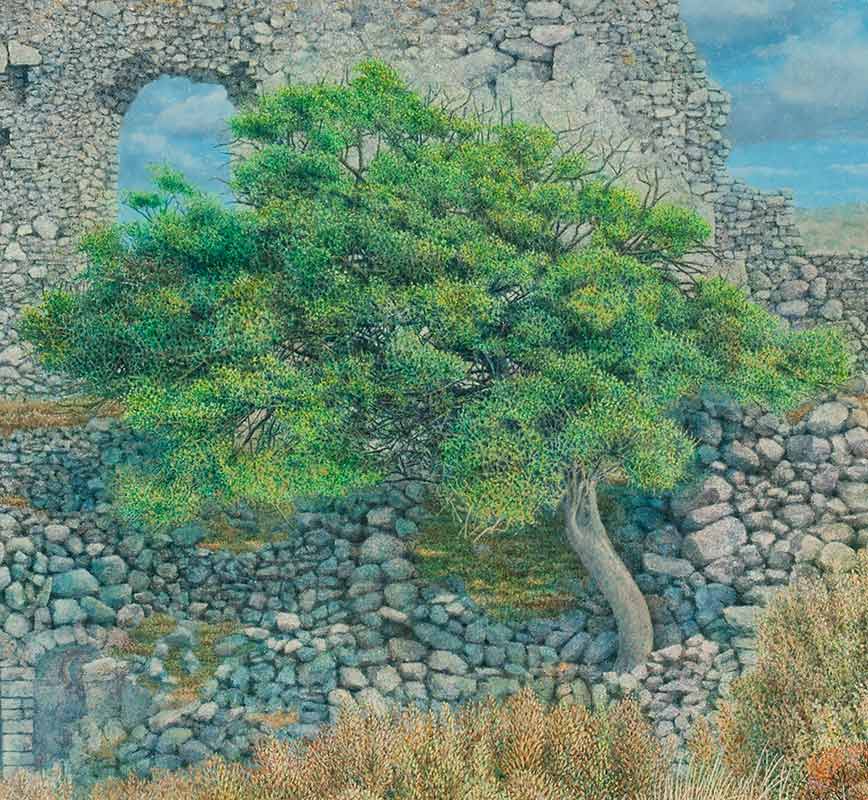
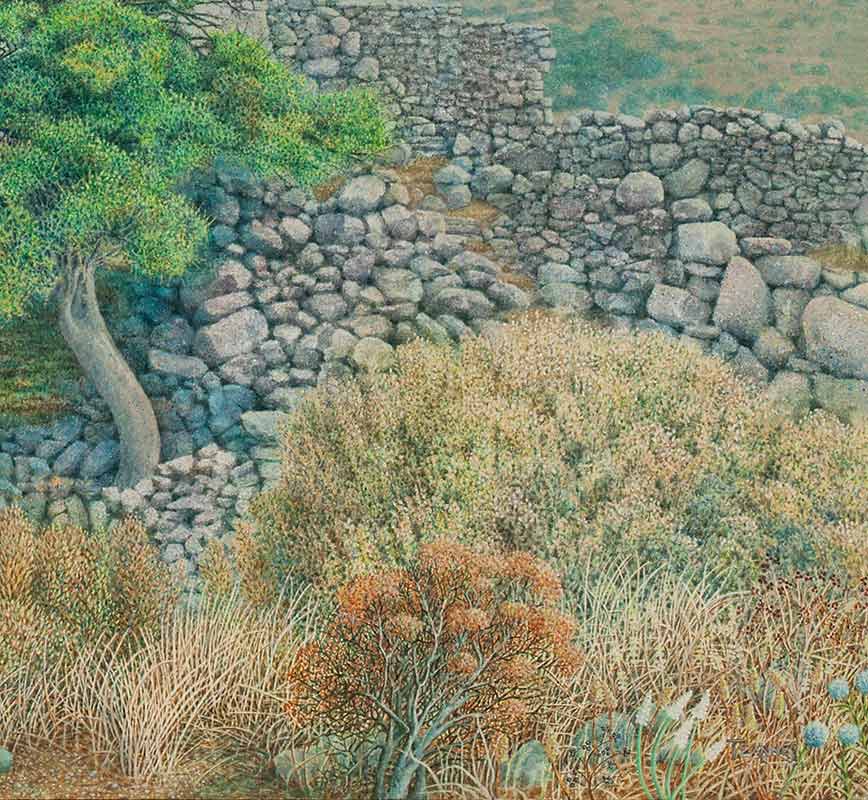


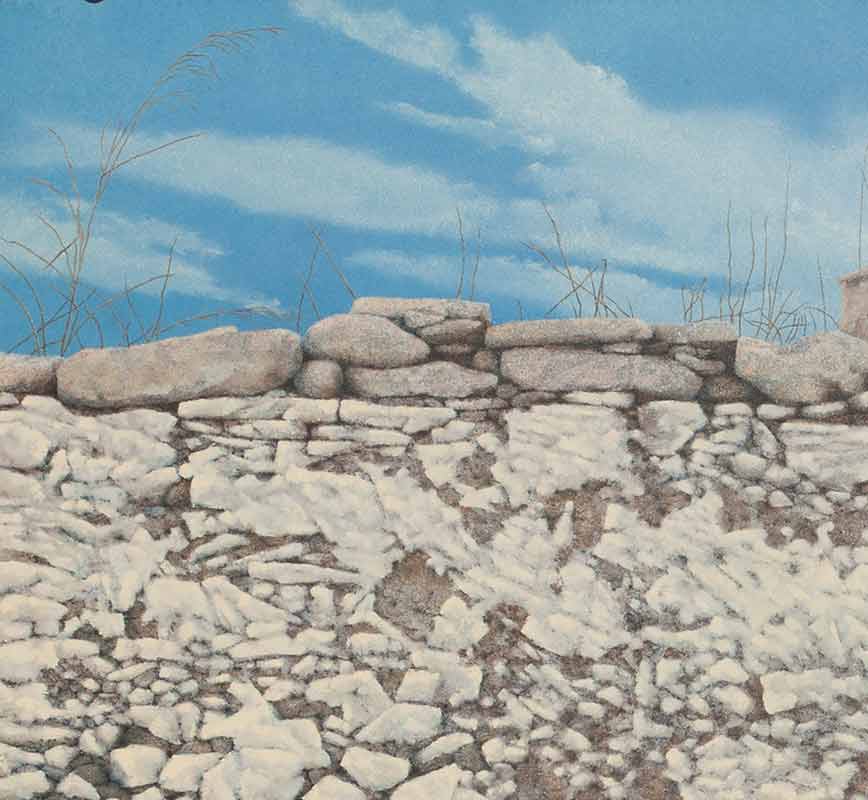

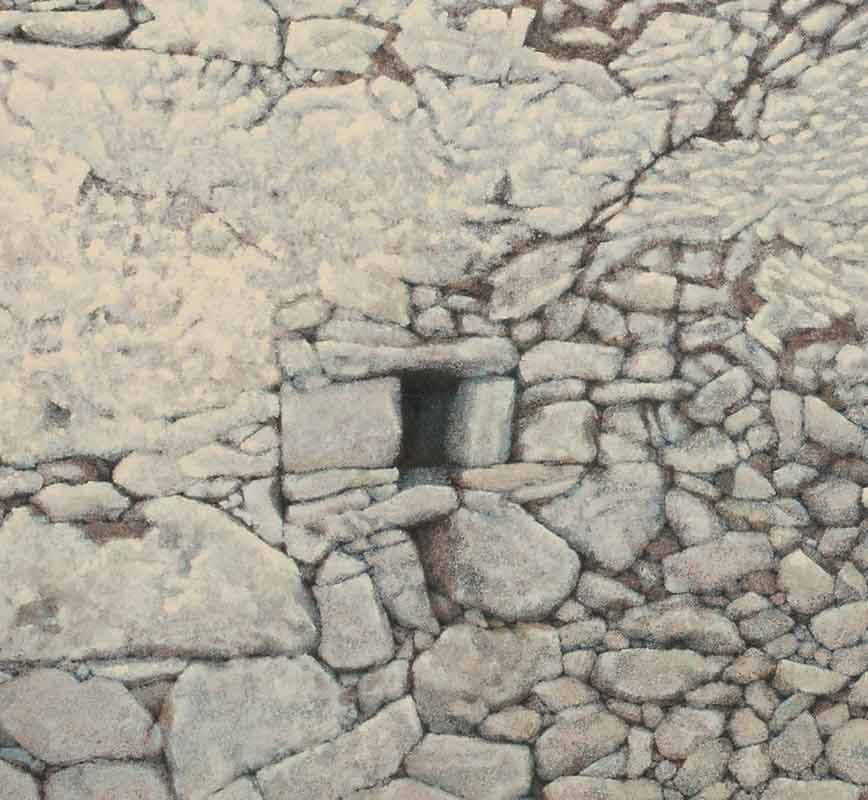
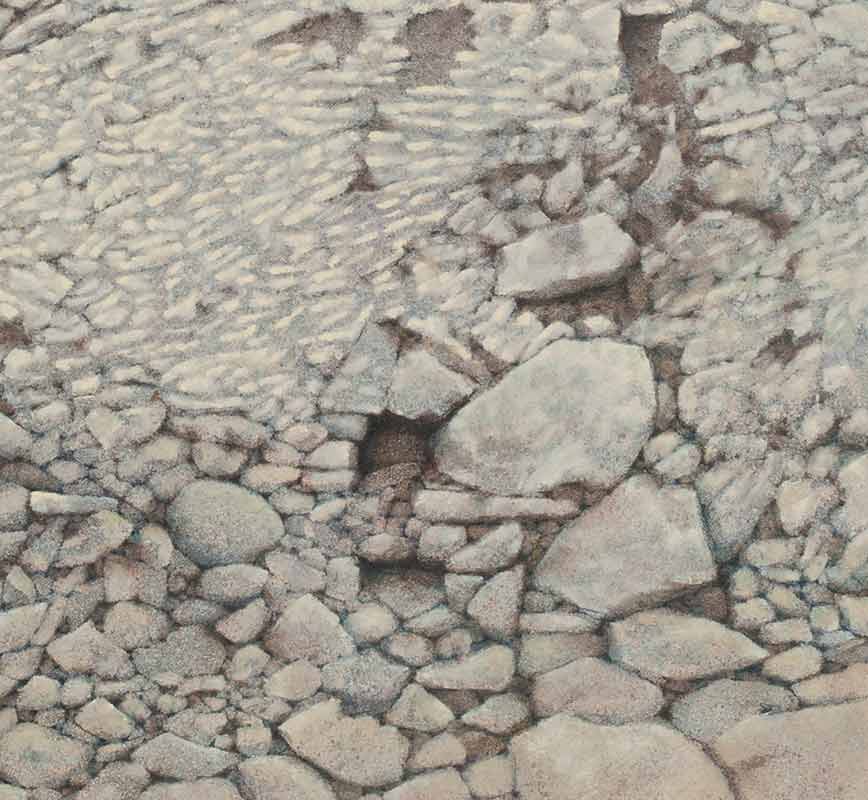
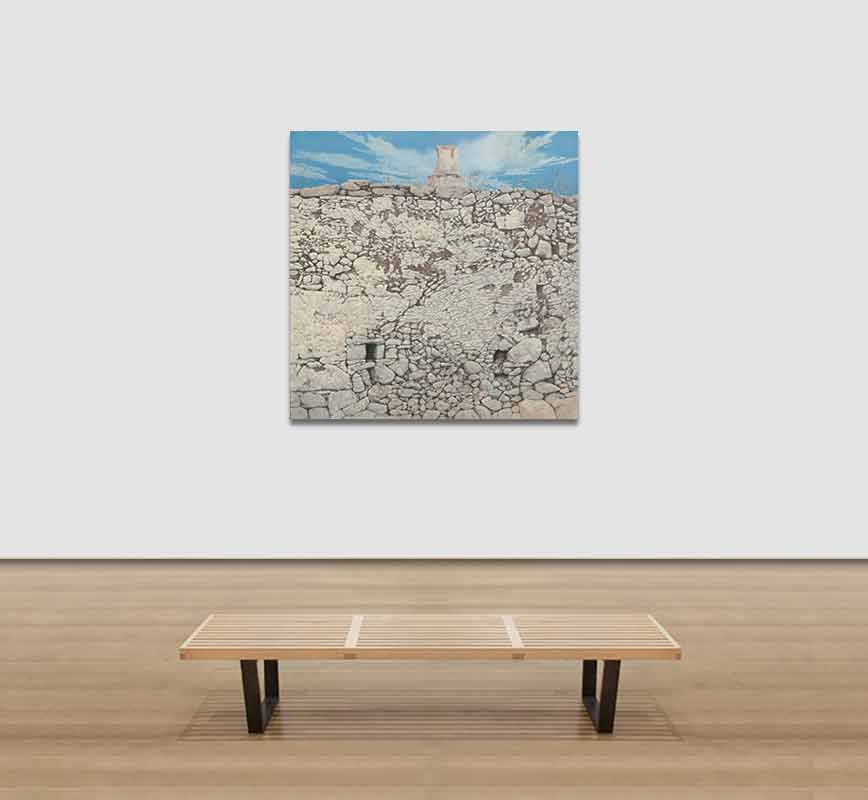


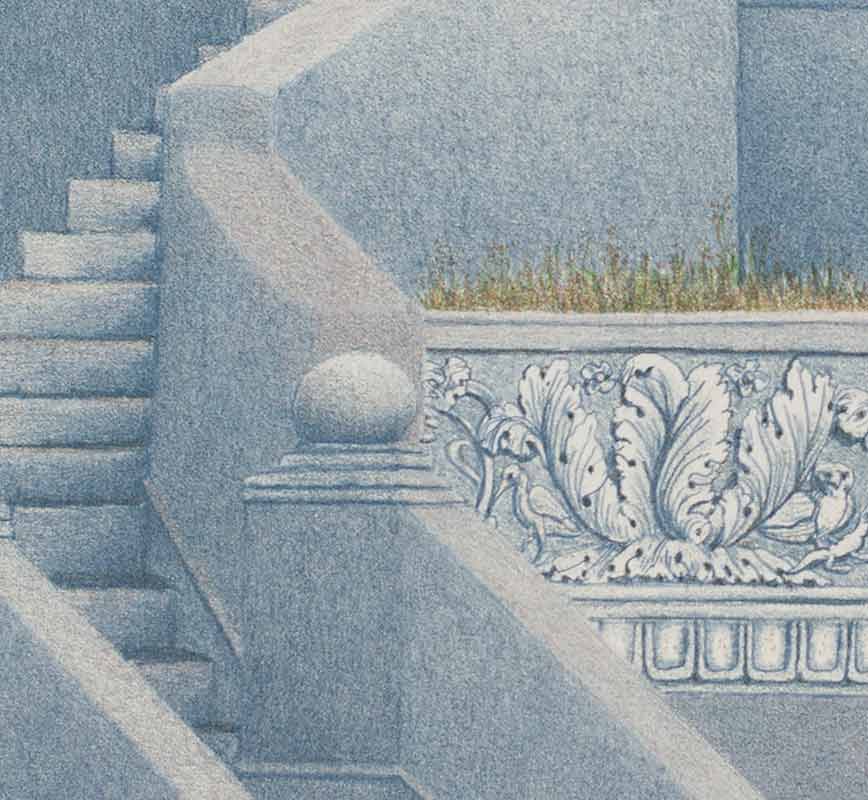
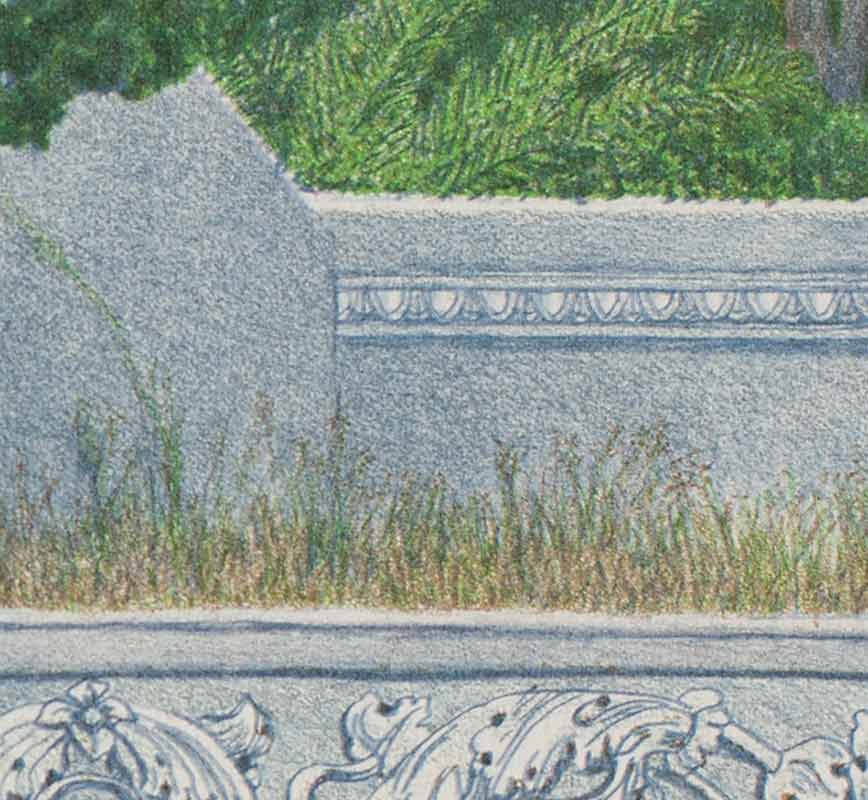
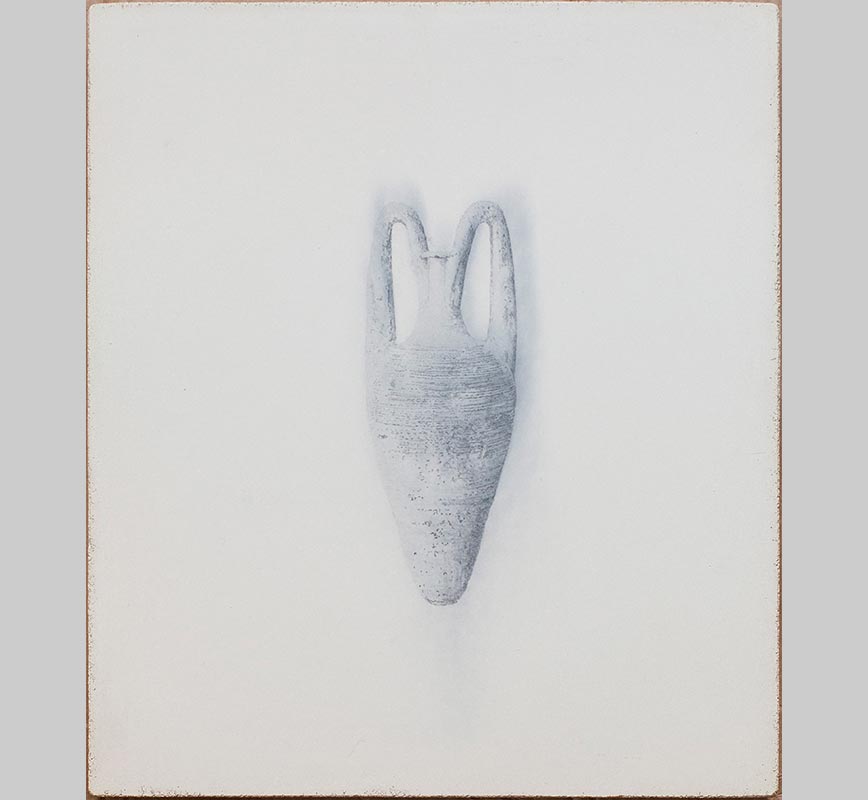


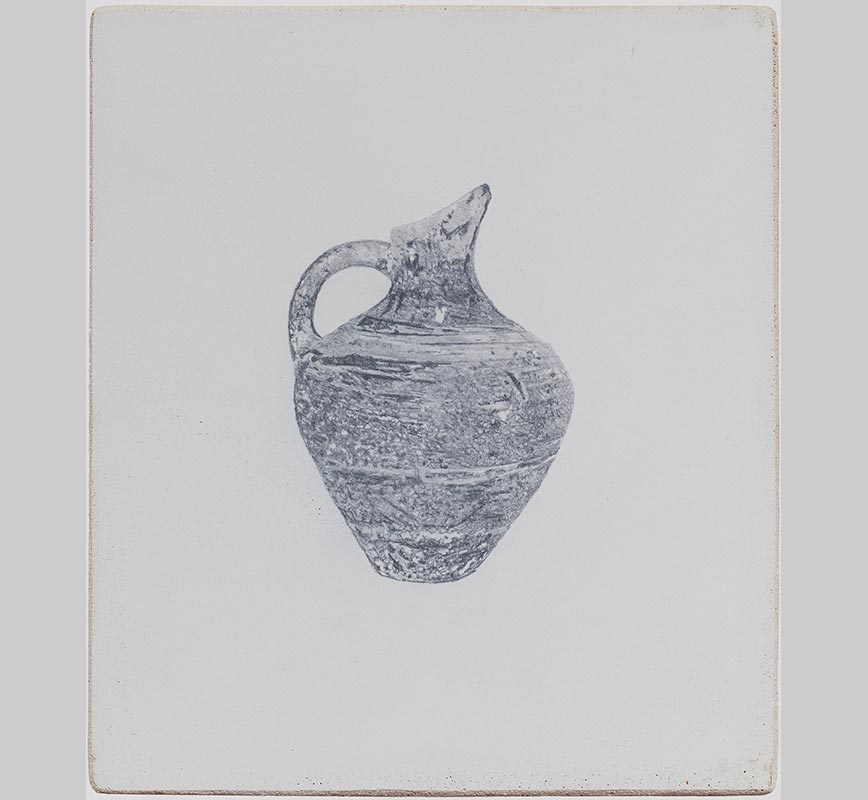
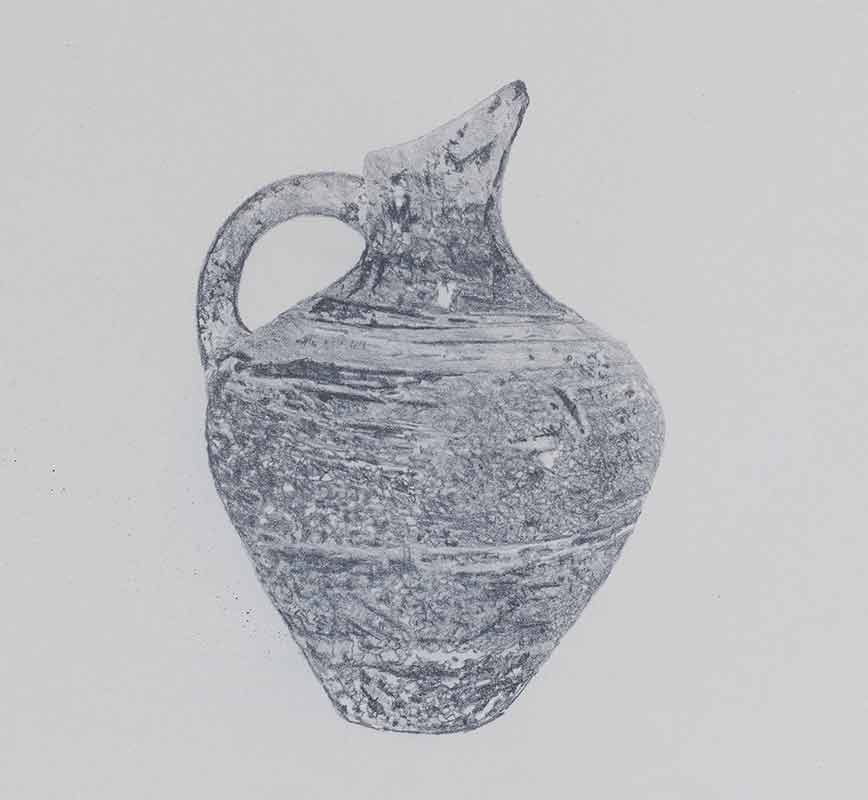


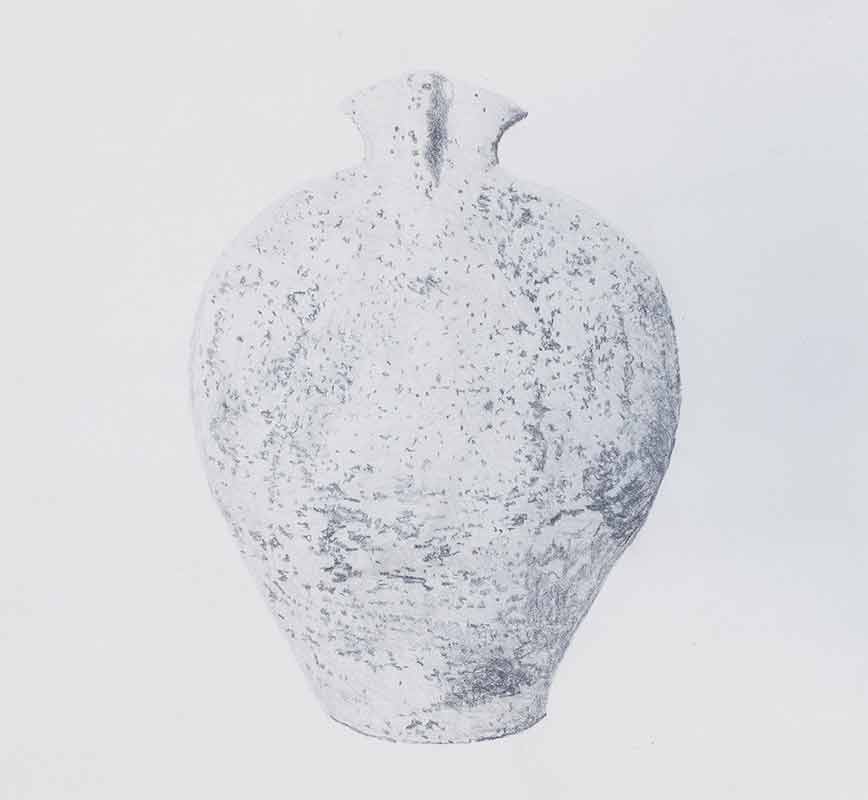
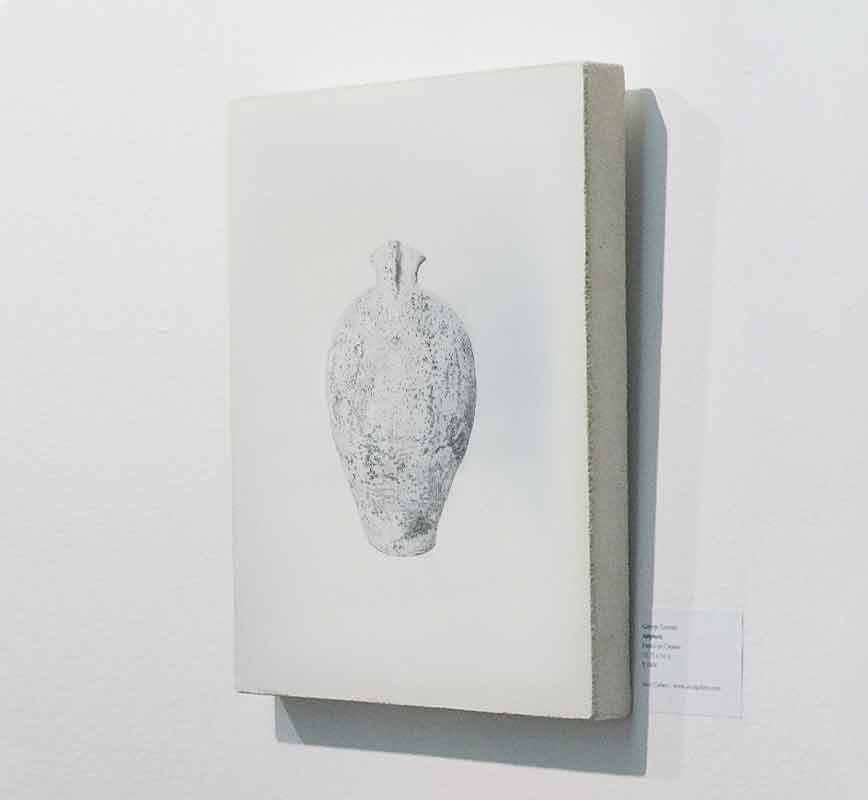
For more than forty years I have been making art works informed by some aspect of Kythera, a Greek island where my father came from.
I am taken by the timeless, spiritual quality of the landscape, and by a sense of the historic past, evoked by ruins of medieval architecture, and by archaic remains, that give life to the mythology of the region.
The idea of how memory interfaces with material remains kept recurring in my work.
A thing in the physical world, that you can see or touch, when associated with a memory, causes an experience that is neither sensual nor cognitive but is felt. My intention is for the viewer to be a participant in the subject of my work and to create their own narrative through a personal response, through associations to what they see.
Italian-born Gian Berto Vanni’s paintings bridge the creative languages of modern and contemporary art. A deep connoisseur of all painting techniques, he combined precise miniature-like drawings with raw textures, and unconstrained paint flows in his work. After studying with Italian Futurist philosopher and painter Alberto Bragaglia in Rome, Italy, Vanni continued his artistic formation in Amsterdam with Neo-Plasticist Freidrich Vordemberge-Gildewart, and finally under the guidance of Joseph Albers, with whom he studied at Yale University, in New Haven. Their teaching will give Vanni the funding conceptual and visual parameters of his creative grammar, based on the contradiction of elements, the importance of abstraction, and the contrast between texture and color. In Vanni’s imagery, figurative fragments, geometrical shapes, and biomorphic forms coexist on textured and smooth surfaces defined by both bright and muted colors. Vanni wrote, “Painting is a tool to understand nature beneath appearances, disregarding the scientist’s eye and using the poet’s, in search of those mysterious rules that conduct her marvelous harmonies.”